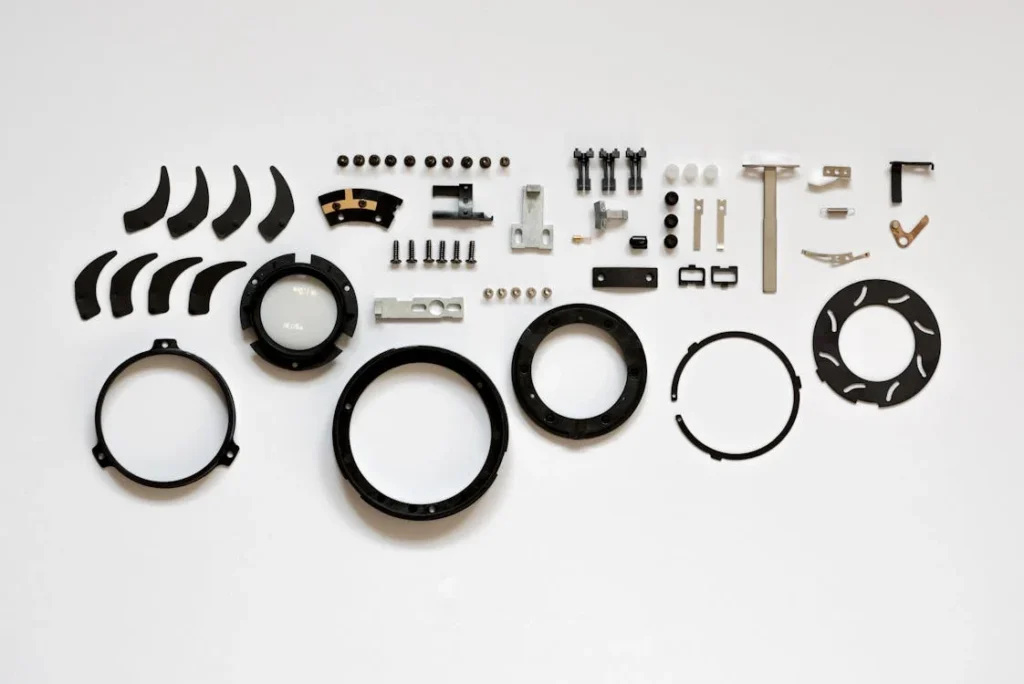Table of Contents
Healthcare manufacturing looks easy — until you try to move it.
What most MedTech companies don’t realize is this: production isn’t just about physical parts. It’s a system of sourcing, tolerances, compliance, firmware alignment, and regulatory assumptions — most of which collapse when you shift geographies.
We’ve supported multiple clients through the transfer from Asia to Europe or the US. Some survived. Some bled time and money. All learned the same hard truths.
Here’s how to avoid their mistakes.

Why Moving Manufacturing Isn’t Plug-and-Play
If your team thinks relocation means emailing files to a new factory, this article is your wake-up call.
Relocating healthcare manufacturing is not just about logistics. It’s about unlearning everything that worked in China — and rebuilding it to survive in high-regulation, traceability-driven, quality-first markets.
What breaks in the move isn’t the product — it’s the assumptions. And if you don’t plan for that, your “move” becomes a reengineering loop.
Healthcare Manufacturing: 7 Relocation Lessons for Moving Medical Device Production to the US or Europe
| Lesson | What Most Teams Assume | What Actually Happens | Bold, Actionable Advice |
|---|---|---|---|
| 1. “Our BOM will stay the same” | “We’ll just re-use the Chinese BOM.” | Many components aren’t certified, available, or legal for use in US/EU medical devices. | Build a region-specific BOM with vetted MPNs, second-source logic, and compliance-grade suppliers. Include ROHS/REACH/FDA status fields. |
| 2. “We’ll transfer tooling and start production” | “Our molds and fixtures are universal.” | Tooling tolerances and materials may not meet local standards. Logistics and IP issues often prevent reuse. | Audit tool compatibility. Plan for re-tooling or local DFM. Define ownership/IP rights before disengaging overseas vendors. |
| 3. “Firmware isn’t affected” | “Hardware changes won’t impact code.” | Even minor PCB redesigns affect pinouts, I/O behavior, and timing. This breaks firmware silently. | Run firmware-portability validation early. Include embedded devs in hardware transfer decisions. Retest firmware on pilot hardware. |
| 4. “Compliance will carry over” | “We’ve already passed CE/FDA once.” | New production site = new compliance validation. Even same design must be requalified. | Build a transfer-specific V\&V plan. Align with notified bodies and FDA. Log all deltas in DHF and change control system. |
| 5. “We don’t need to involve local regulators yet” | “Let’s get set up first, then engage.” | Early misalignment with regulatory expectations can delay approval by months. | Schedule pre-submission meetings with FDA and EU notified bodies. Align process, documentation, and supplier controls before first build. |
| 6. “Any US/EU factory will do” | “We’ll pick a CM and start fast.” | Many CMs aren’t set up for MedTech-grade QA, traceability, or ISO 13485 workflows. | Vet manufacturing partners by regulatory maturity, not price. Use an audit checklist for ISO, validation, lot traceability, and DHF integration. |
| 7. “It’s a production problem — not engineering’s concern” | “Ops will handle it.” | Transfer requires full-stack engineering visibility: design intent, tolerances, test methods. | Make relocation an engineering-led initiative. Involve design, QA, and regulatory teams. Treat it like a new product launch with legacy constraints. |
What Breaks Most Often in a Relocation
We’ve seen BOMs collapse because component equivalents don’t exist outside Asia. We’ve seen firmware fail silently on PCBs with “only minor” layout changes. And we’ve seen companies lose 6–12 months to revalidating CE because they assumed old test data still applied.
Healthcare manufacturing isn’t just mechanical — it’s regulatory, systemic, and heavily interdependent. Relocation exposes every weak link in that chain.
Why Compliance Gets Harder — Not Easier — After the Move
Regulators don’t care where your product was tested. They care where it was built, under what controls, and by whom.
Moving healthcare manufacturing means every V\&V assumption must be reviewed. Tooling may behave differently. Staff training levels differ. Environmental controls change. You need new protocols and logged justifications — or you’ll face audit rejection.
What Most Teams Get Wrong About Contract Manufacturers
Not all CMs are created equal.
In China, low-cost production often compensates with operator intuition. In Europe and the US, you’ll be expected to bring:
- Fully documented assembly SOPs
- Statistical QA checkpoints
- Revision-controlled CAD and BOMs
- DHF/DMR linkage
Healthcare manufacturing in regulated markets demands process maturity, not just square footage.
What to Build Before You Move
Here’s what we recommend MedTech teams finalize before relocating:
- DMR + DHF tied to a clean, region-specific BOM
- V\&V test plans aligned to local compliance pathways
- Firmware-portability checks for all board-level changes
- Tooling compatibility audit + fallback options
- Sourcing plan for Tier 1 and 2 components (US/EU availability)
If any of these are missing, your healthcare manufacturing move will stall — or backfire.
Want to Set Up Manufacturing Without the Usual Pain?
Let’s talk.
Want to learn more about specific aspects of our development process? Feel free to reach out and talk about healthcare manufacturing. Innovation in medical device development is a journey best traveled together.
📅 Book a call with our CEO, Lisa Voronkova: https://calendly.com/lisa-voronkova/30min



